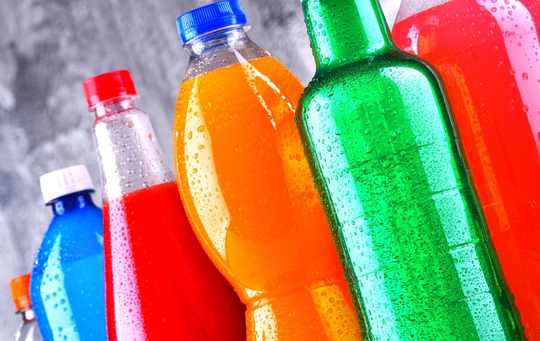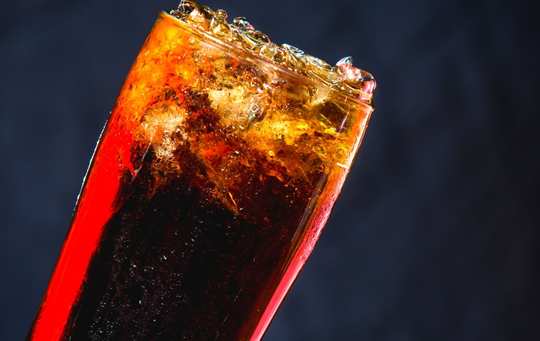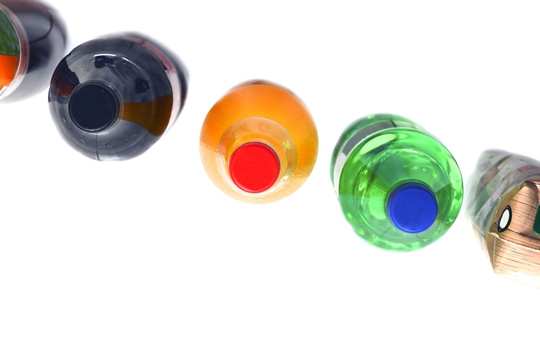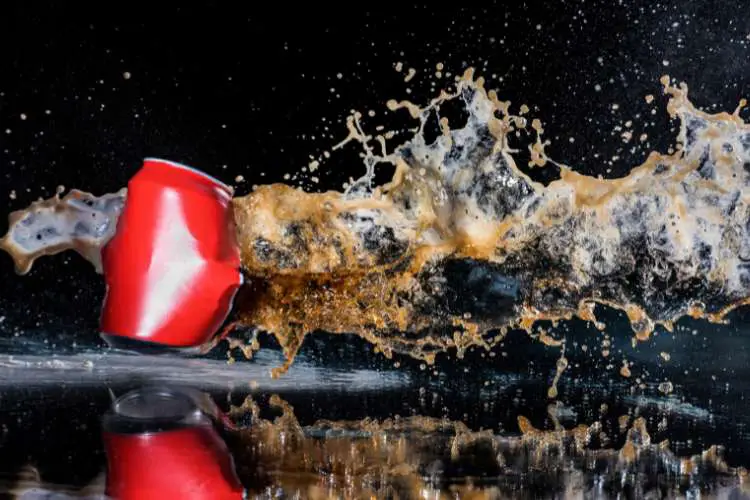Will a Carbonated Drink Explode on a Plane (Dec 2023)
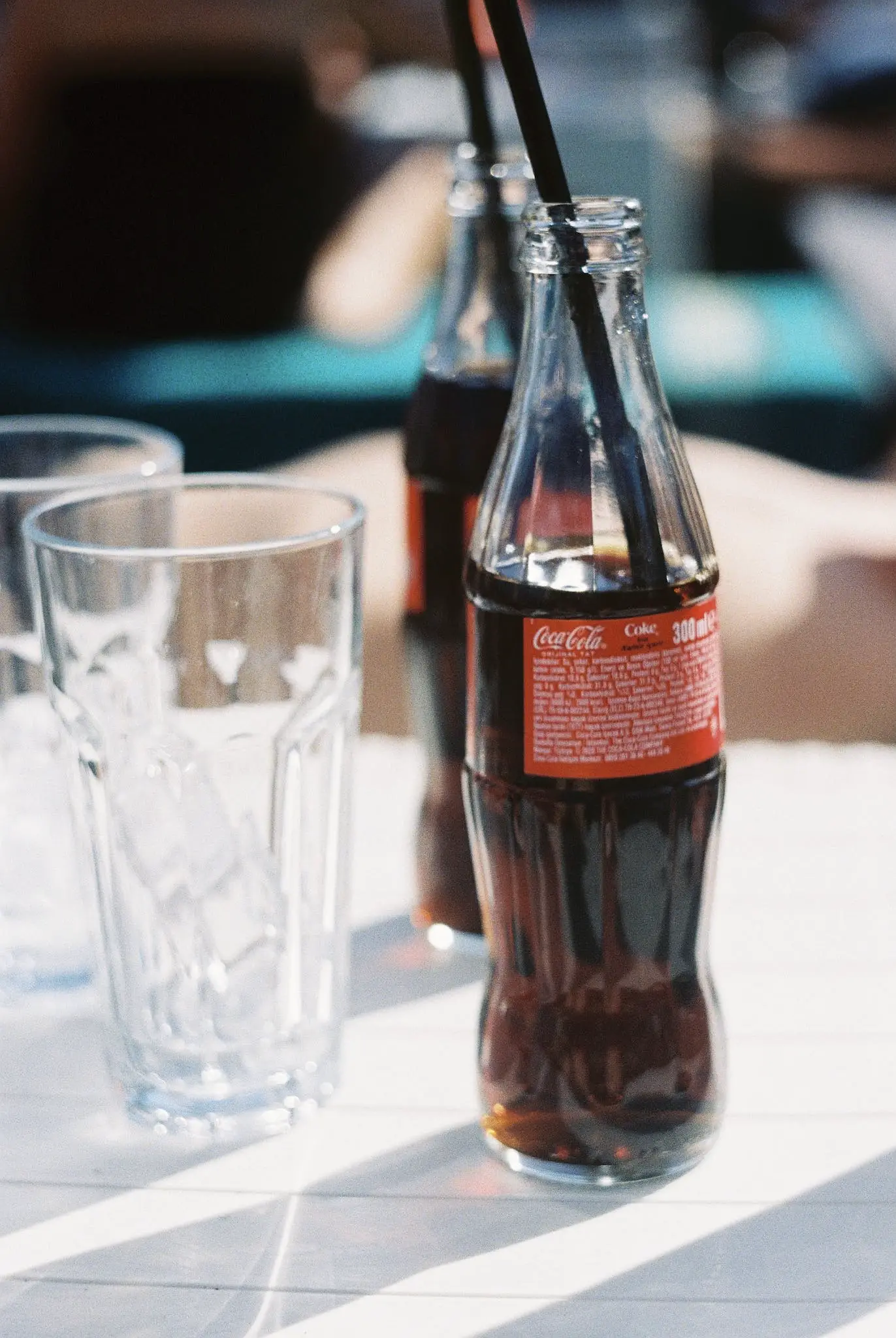
Carbonated drinks have a unique charm – the effervescent bubbles, the crisp taste, and the refreshing zing. But what happens when you’re cruising at 35,000 feet in an airplane with a can of soda or a bottle of sparkling water? There’s a common belief that carbonated drinks can explode on planes due to changes in air pressure. In this article, we’ll explore whether this is fact or fiction, providing you with the science behind it, key takeaways, and a definitive conclusion.
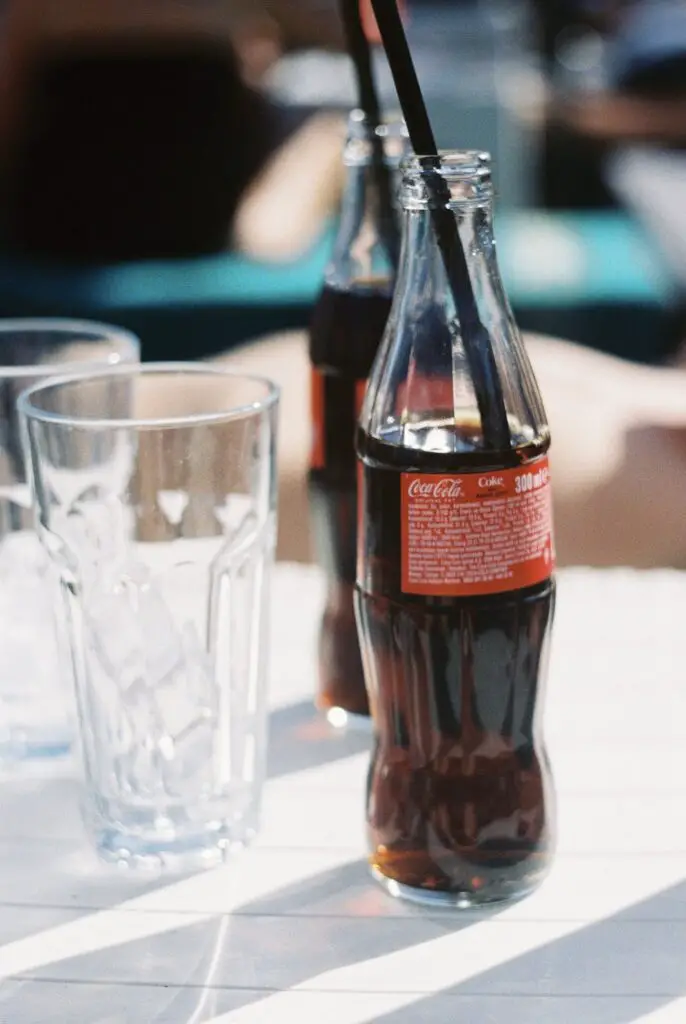
The Science Behind Carbonation
Before we address the airplane scenario, let’s briefly understand how carbonation works:
- Carbon Dioxide (CO2): Carbonated drinks, whether soda, sparkling water, or beer, contain dissolved carbon dioxide (CO2). This CO2 is responsible for the delightful fizz when you open the container.
- Pressure: The CO2 is held in the liquid under pressure while the container is sealed. This pressure keeps the CO2 dissolved in the liquid, preventing it from escaping.
Air Pressure on an Airplane
Air pressure varies with altitude, and this is where the airplane scenario comes into play. When you’re at cruising altitude in an airplane, the cabin pressure is lower than what you experience at sea level. It’s roughly equivalent to the pressure you’d experience at around 6,000 to 8,000 feet above sea level.
Will a Carbonated Drink Explode on a Plane?
The big question: Will your carbonated drink explode when you open it on an airplane? The answer is no, and here’s why:
- Pressure Differential: While the cabin pressure on an airplane is lower than at sea level, it’s relatively stable and adjusted to be safe for passengers. The pressure inside a sealed carbonated drink container is much higher than the cabin pressure, even when you’re at cruising altitude. Therefore, the pressure inside the container is always higher than the external pressure, preventing an explosion.
- Design Considerations: Beverage manufacturers are well aware of the need to prevent explosions, especially on airplanes. That’s why carbonated drink containers are designed to withstand changes in pressure. They can safely contain the carbonation even in the lower pressure environment of an airplane cabin.
Data Table: Air Pressure vs. Risk of Explosion
| Altitude (feet above sea level) | Risk of Explosion |
| Ground level | Low |
| Airplane cruising altitude | Extremely Low |
Key Takeaways
- Carbonated drinks do not explode on airplanes due to the stable cabin pressure, which is lower than sea level but not low enough to cause containers to burst.
- Carbonated drink containers are designed to withstand pressure changes, ensuring safety during air travel.
Conclusion
In conclusion, you can enjoy your carbonated beverages worry-free while on an airplane. The myth that they might explode due to changes in air pressure is just that – a myth. Beverage containers are engineered to handle these pressure differences, keeping your travel experience fizzy and refreshing. So, go ahead and savor that soda or sparkling water at 35,000 feet without fear of any in-flight explosions.

